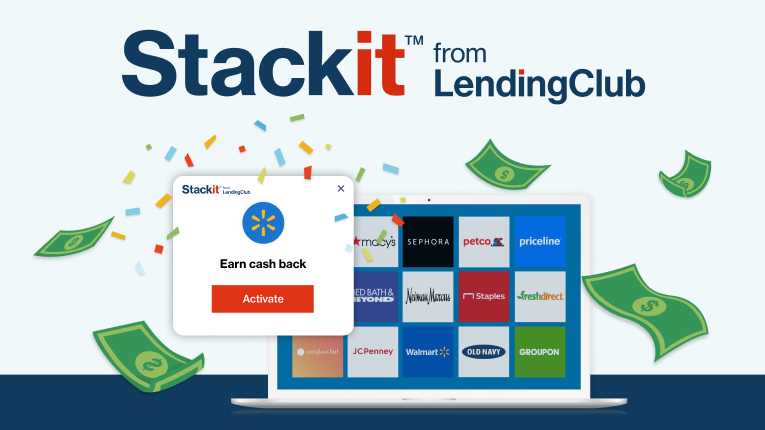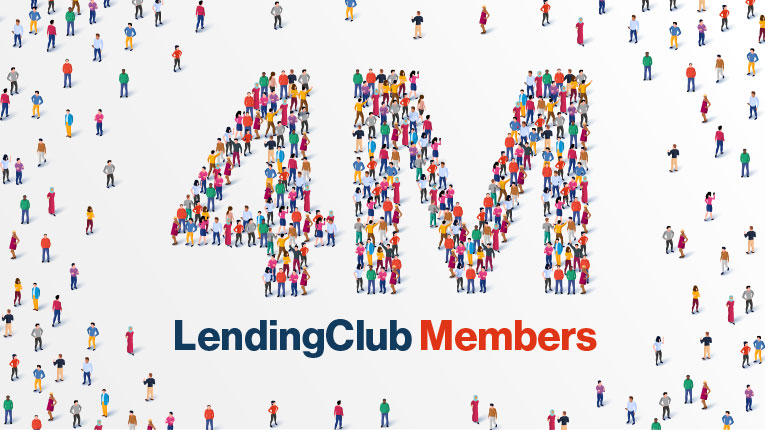{noun} An additional job, business, or employment opportunity outside of a regular, full-time job that provides supplemental income.
Side Hustle
What is a Side Hustle?
A side hustle is an additional job, business, or employment opportunity outside of a regular, full-time job that provides supplemental income. Different than a part-time job, a side hustle, also known as a side gig, commonly provides more freedom and more control over what you do, when you do it, and how much time you spend at it.
Some people pursue side gigs that involve their passions, hobbies, or talents (such as selling original artwork or pottery), while others are in it solely to earn extra cash to help make ends meet (such as with grocery shopping and delivery). Some individuals want to eventually turn the activities they do on the side to earn extra money into their primary career.
How Does a Side Hustle Work?
Depending on the work you’re doing, a side hustle can function in several ways. For example, yours could be an online business you run regularly out of your home, or it could also be work you only take on occasionally to help you make ends meet. Some side endeavors are more informal and sporadic such as with a hobby or creative pursuit, e.g., making artwork you display for sale once or twice a year at a local gallery or art fair.
Making a side gig work will vary by the type of job or activity you choose. If you need money fast, signing up to be a driver for a ride-sharing app or offering copywriting services on a freelance marketplace can be a way to find customers and clients quickly. Of course, the app or marketplace will take a certain percentage of your earnings for connecting you with those customers.
If you have the time and resources, you could start a project on the side developing an ongoing service or product that you promote through a website or on social media. Building a side project that could one day turn into a potential primary business (replacing your day job) may require more research and planning up front. However, you’ll generally have more control over your time and work output, as well as the amount of income you can make, in the long run.
Types of Side Hustles
Almost any income-generating activity can be accomplished outside of your day job. Here are a few activities to consider:
Bookkeeping
Pet care (dog walking, pet sitting)
Childcare
Grocery delivery
House cleaning
Photography
Purchasing and reselling used goods
Renting out spare rooms
Ridesharing
Selling handmade crafts and artwork
Selling digital services, like web design, graphic design, or social media consulting
Selling digital products, like courses or e-books
Teaching music or languages
Tutoring
Yard and garden care
What are the Benefits of a Side Hustle?
Having a side hustle has several benefits, including:
Gaining flexibility: Typically, side hustles are self-managed, meaning you have control over how much time and energy you dedicate to it. Given this, activities from a side hustle can be integrated into the off hours of an existing full-time work schedule and set up to accommodate other work-life commitments—all while earning additional income.
Improving your finances: A side gig is a way to earn extra income on top of the income you’re already earning. The extra money you earn can help you meet short- and long-term financial goals faster, such as paying monthly bills on time, building emergency savings, and paying down high-interest credit card debt.
Exploring new career paths: A side activity can provide you the opportunity to pursue something you’re passionate about, or to turn an interest or hobby into a career or business. Building skills, gaining experience, and creating a network as part of a side hustle can help you test the waters and transition into a new field or profession, especially if you’re not ready to leave the stability of a full-time job.
Do Side Hustles Have Tax Implications?
Just like your main source of income, money earned from freelancing, independent contracting, working a second job, or running a small side business must be reported to the IRS at tax time.
For example, if you have a gig as a freelancer or independent contractor and work for cash (such as with a food delivery service), it’s important to consider the tax implications of that income. You may want to consult with a tax professional as you get started so you can plan for what income and expenses you may need to keep track of, and determine if you may need to set aside a portion of your income to pay for taxes on more than an annual basis.
Tax software may guide you through completing the appropriate tax forms, however, it’s best to speak to a tax professional if you have questions about filing.
Can a Side Hustle Lead to Burnout?
Working on any activity, even one you love, especially at night and on weekends in addition to a full-time job, can leave little time and energy for friends, family, or anything else. Overextending yourself by working too much without meaningful breaks could lead to stress, and impact your health.
As with your personal finances, thoughtfully allocating, time spent working, resting, and playing can help you maintain a reasonable work-life balance. Ideally, the right side hustle would enable you to reap the benefits of additional income without becoming overworked or overstressed.
You May Also Like












